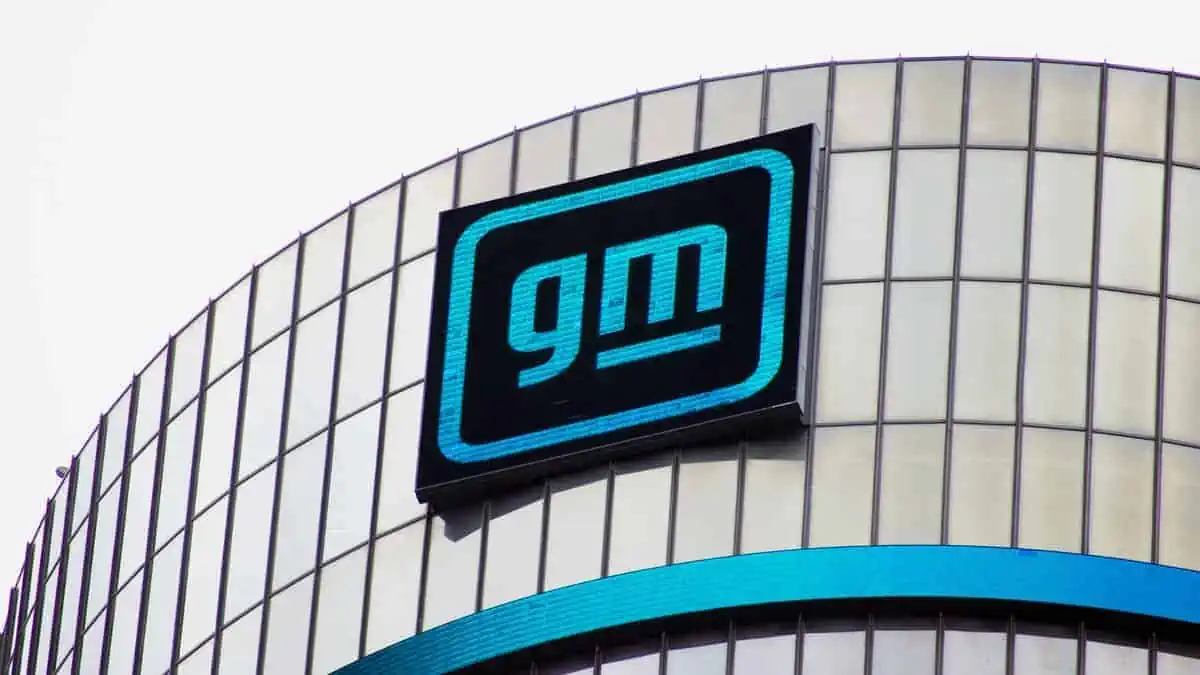Future energy requirements to power the potent computers upon a worldwide fleet of autonomous vehicles may equal the greenhouse gas emission as the current data centers, as per MIT’s new study.
What is the study about?
Green Car Congress reports that the study looked at prospective energy use and associated carbon emissions in the case that autonomous vehicles are widely used.
Remarkably, it was published in IEEE Micro’s January-February issue.
Findings
Data centers and autonomous vehicles’ emissions
Data centers are renowned for generating significant carbon emissions as they house the apps’ physical computing equipment.
The International Energy Agency states that data centers generate roughly 0.3% of worldwide greenhouse gas emissions, which is equivalent to the annual carbon output of Argentina.
That said, the MIT researchers developed a statistical model to investigate the issue. According to their calculations, 1 billion autonomous vehicles, each powered by a computer consuming 840 watts for an hour daily, would use enough energy to produce almost the same emissions as data centers.
Need for a more efficient hardware
The study discovered in over 90% of explored scenarios that autonomous vehicles would need more efficient hardware to only consume less than 1.2 kW of computational power. Essentially, it will prevent them from reaching the same emissions produced by data centers.
The researchers discovered hardware efficiency must double more quickly than every 1.1 years to maintain emissions under those limits. It must be noted that this finding is accurate in a case where 95% of the world’s fleet of vehicles will be autonomous by 2050. That year, the report explains that “computational workloads double every three years, and the world continues to decarbonize at the current rate.”
“If we just keep the business-as-usual trends in decarbonization and the current rate of hardware efficiency improvements, it doesn’t seem like it is going to be enough to constrain the emissions from computing onboard autonomous vehicles. This has the potential to become an enormous problem. But if we get ahead of it, we could design more efficient autonomous vehicles that have a smaller carbon footprint from the start.”
first author Soumya Sudhakar
Notably, this hardware is architectured to operate certain driving algorithms. According to Sudhakar, designing specialized hardware for the navigation and perception tasks needed for autonomous driving may be made simpler as researchers are already familiar with these challenges. However, because cars typically last 10 or 20 years, designing customized hardware that can run new algorithms would take a lot of work.
Research methods
The MIT researchers developed a framework to investigate the operating emissions from computers in a global fleet of fully autonomous EVs.
The framework is dependent on the following crucial factors:
· the number of vehicles in the global fleet
· the power of each computer on each vehicle
· the hours driven by each vehicle
· the carbon intensity of the electricity powering each computer
“On its own, that looks like a deceptively simple equation. But each of those variables contains a lot of uncertainty because we are considering an emerging application that is not here yet.”
Soumya Sudhakar
Uncertainties
The report highlights that people may drive for more extended periods in autonomous vehicles since they can multitask while doing so, citing some research.
However, other research suggests that driving time may reduce due to algorithms that can find the quickest routes to destinations.
All that considered, the MIT researchers had to model future improved computing hardware and software along with taking these uncertainties into account. Interestingly, they simulated the workload of a widely used multitask deep neural network technique for autonomous vehicles, which can handle multiple tasks concurrently.
The researchers investigated the amount of power this deep neural network would need if it were processing numerous high-resolution inputs from multiple cameras at fast frame rates.
Sudhakar was taken aback by the rapid increase in the algorithms’ workload as they explored various possibilities using the probabilistic model.
For instance, an autonomous EV with ten deep neural networks processing data from 10 cameras and a daily driving average of 1 hour will generate 21.6 million inferences daily. That said, a billion autonomous EVs would draw 21.6 quadrillion inferences.
Upon putting these data into context, a few trillion inferences are made daily across all of Facebook’s data centers worldwide. For reference, the report highlighted that one quadrillion is 1,000 trillion.
“After seeing the results, this makes a lot of sense, but it is not something that is on a lot of people’s radar. These vehicles could actually be using a ton of computer power. They have a 360-degree view of the world, so while we have two eyes, they may have 20 eyes, looking all over the place and trying to understand all the things that are happening at the same time.”
Sertac Karaman, co-author
Recommendations
The report states that the researchers may improve the algorithms in the future to consume less computational power. It is difficult, though, because increasing efficiency at the expense of precision could compromise vehicle safety.
Nonetheless, the MIT researchers aim to keep investigating hardware efficiency and algorithm advancements now that they have established this framework. Additionally, they claim that the following describing embodied carbon from autonomous vehicles through the following can improve their model:
· the carbon emissions generated when a car is manufactured
· emissions from a vehicle’s sensors
Notably, the National Science Foundation and the MIT-Accenture Fellowship helped to support this study partially.






